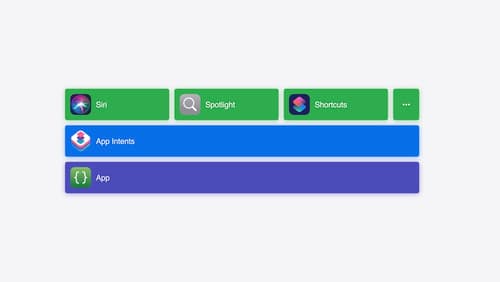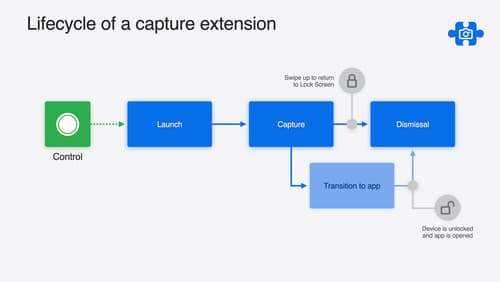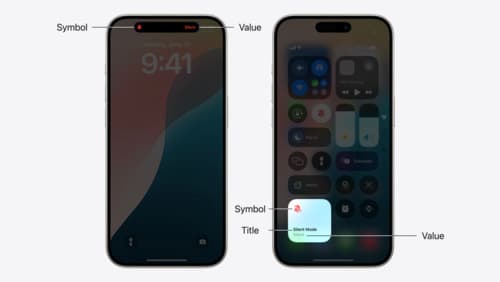give me an example of how to implement app intents
Asked on 2025-03-06
1 search
To implement app intents, you can follow the guidance provided in the WWDC sessions. Here's a brief overview of how to get started:
-
Define Core Actions and Content: Use the App Intents framework to define what your app's core actions and content are. This allows system features like Siri and Spotlight to understand and present them.
-
Structure Intents: Structure your app's functionality into flexible intents. Avoid creating multiple intents for the same task. Instead, use parameters to handle variations within a single intent. For example, instead of creating separate intents for different reminders, use a parameter to specify which reminder to open.
-
Parameter Summaries: Ensure that parameter summaries are readable and understandable. They should clearly describe what the intent does, which is crucial for users exploring intents in the shortcuts drawer.
-
Perform Method: Each intent should have a perform method that executes the action. This method should return a result, even if it's empty.
-
Open App When Necessary: Decide when your app should open as part of the intent. For example, if an intent results in a change in the app UI, it might be appropriate to open the app to show this change.
For a more detailed example and code implementation, you can refer to the session Bring your app’s core features to users with App Intents (08:06) where the process of building the code is discussed.

Bring your app’s core features to users with App Intents
Learn the principles of the App Intents framework, like intents, entities, and queries, and how you can harness them to expose your app’s most important functionality right where people need it most. Find out how to build deep integration between your app and the many system features built on top of App Intents, including Siri, controls and widgets, Apple Pencil, Shortcuts, the Action button, and more. Get tips on how to build your App Intents integrations efficiently to create the best experiences in every surface while still sharing code and core functionality.

Build a great Lock Screen camera capture experience
Find out how the LockedCameraCapture API can help you bring your capture application’s most useful information directly to the Lock Screen. Examine the API’s features and functionality, learn how to get started creating a capture extension, and find out how that extension behaves when the device is locked.

Extend your app’s controls across the system
Bring your app’s controls to Control Center, the Lock Screen, and beyond. Learn how you can use WidgetKit to extend your app’s controls to the system experience. We’ll cover how you can to build a control, tailor its appearance, and make it configurable.
